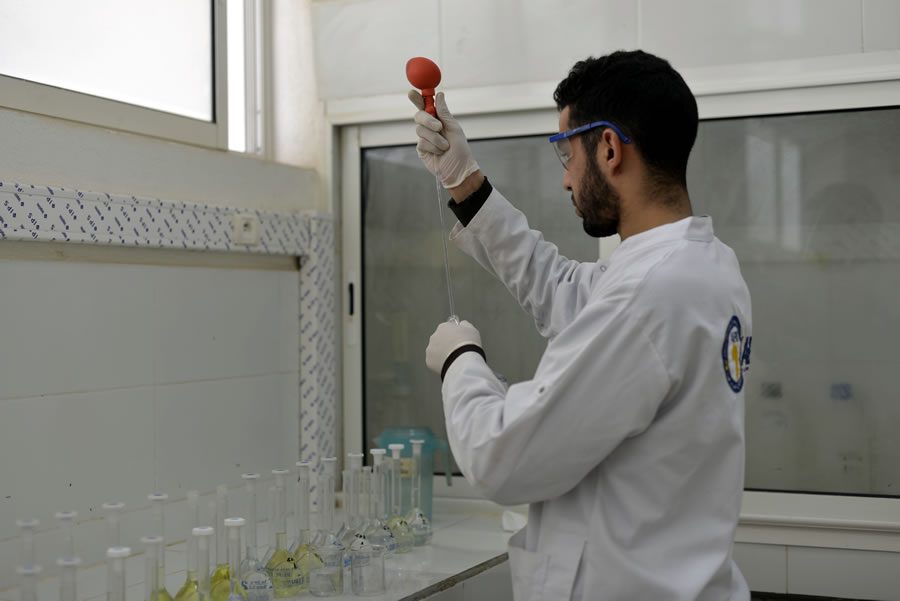

Precious metals, such as gold, silver, platinum, and palladium, have been valued for centuries for their rarity, beauty, and use in various industries. These metals are used in jewelry, electronics, aerospace, and many other applications, making their quality and purity critical for many industries. Precious metal analysis in the laboratory is essential to determine the composition and quality of these metals.
There are several methods of precious metal analysis in the laboratory, each with its advantages and disadvantages. One of the most common methods is fire assay, which involves heating a small sample of the metal to high temperatures and then analyzing the resulting material for precious metal content. Fire assay is a reliable method for determining the purity of precious metals, especially gold, and is widely used in the jewelry industry.
Another common method of precious metal analysis in the laboratory is atomic absorption spectroscopy (AAS). AAS measures the amount of light absorbed by the metal atoms in a sample, which is proportional to the metal’s concentration. This method is used to analyze small amounts of precious metals and is often used to verify the purity of gold and silver coins and bars.
Inductively coupled plasma (ICP) analysis is another method of precious metal analysis in the laboratory that is widely used. ICP analysis is an analytical technique that uses high-temperature plasma to ionize metal atoms in a sample. The ionized atoms emit light, which is measured by a detector and used to determine the metal’s concentration in the sample.
X-ray fluorescence (XRF) analysis is another method of precious metal analysis in the laboratory. XRF analysis is a non-destructive method of determining the elemental composition of a sample. It works by exposing the sample to high-energy X-rays, which cause the atoms in the sample to emit fluorescent X-rays. The emitted X-rays are then analyzed to determine the sample’s elemental composition.
Scanning electron microscopy (SEM) is another method of precious metal analysis in the laboratory. SEM is an imaging technique that uses a beam of electrons to scan the surface of a sample. The electrons interact with the sample, producing images that can be used to identify impurities, defects, and other features.
In conclusion, precious metal analysis in the laboratory is essential for ensuring the quality and purity of precious metals used in various industries. Methods such as fire assay, atomic absorption spectroscopy, inductively coupled plasma analysis, X-ray fluorescence analysis, and scanning electron microscopy are used to determine the composition and quality of precious metals accurately. With the increasing demand for precious metals in various industries, the importance of reliable and accurate precious metal analysis in the laboratory is expected to continue to grow.
